Yoga is becoming a popular, natural way to treat various health conditions. Specific yoga postures and asanas are proven to improve health and aid in the treatment of multiple diseases. Varicose veins are one such condition that yoga can relieve you of.
Varicose veins are enlarged, twisted veins whose impressions you can see on the surface of the skin. Any vein is capable of becoming varicose, but these are most commonly seen in the legs. In this article, we have discussed how yoga can relieve you of varicose veins and effective yoga postures that can help you.
What Exactly Are Varicose Veins?
First, let us talk about the functions of your blood vessels. The arteries and capillaries take blood from your heart and distribute it throughout the body. Your veins send this blood back to the heart to purify it. This forms a recycling system of sorts.
Due to gravity, your legs have a tougher time transporting this blood back to the heart. Hence, your body cannot afford the veins of your legs being weakened or damaged at any cost. This leads to pooling of blood in your legs, which eventually leads to varicose veins.
Varicose veins are generally visible when the affected person stands up. However, at the early stages, symptoms are not noticeable, but they still may feel pain in the legs and have inflammation. In severe cases, there will be discoloration of the skin and ulcers.
People suffering from varicose veins generally exhibit symptoms such as ankle inflammation, aching of legs, discoloration around the veins, heaviness, cramps, throbbing, itching, burning, and restlessness.
What causes varicose veins?
The following reasons can cause varicose veins:-
- Lack of exercise/ sedentary lifestyle
- Obesity
- Standing for longer periods
- Aging
- Wearing high heels for a long time
- Genetic reasons
- Hormonal variations
- Tight clothing
- Multiple Deliveries
- Constipation
How Yoga Cures Varicose Veins
Yoga may not entirely cure your case of varicose veins, but it most definitely is capable of controlling them. Yoga postures can make you stretch in many ways, which is excellent for relieving you of all the pain, soreness, and inflammation that generally come with varicose veins.
The asanas that we have chosen to try are the ones that involve you elevating your legs. This improves body circulation and takes the pressure off your legs.
15 Yoga Poses for Varicose Veins
1. Fish Pose
Matsyasana or fish pose is considered to be one of the most powerful poses to treat varicose veins. It taps on more than one system collectively. It helps to stretch out your legs and feet, and also reduces cramp pains and stress. This pose regulates blood flow in the body and leaves you relaxed.
How to do the fish pose?
- Lie down on your back and cross your legs as you do in padmasana.
- You could have your legs out and stretch if you wish.
- Now, curve your back and make sure your headrests are supported by the crown.
- Hold this curve in your neck and upper back, and slowly release.
2. Upward Extended Feet Pose
Urdhva Prasarita Padasana or upward extended feet pose helps to strengthen the core of the body and the abdominal muscles. It also improves the flexibility of the flexors of the hip. This pose is capable of burning abdominal fat if practiced regularly.
How to do upward extended feet pose?
- Lie flat on your back and extend your legs fully across the floor.
- Stretch your hands above your head with your palms facing the ceiling.
- Push your arms down and expand your chest.
- Make your thighs firm hold the muscles around your knee tightly.
- Now, lift your legs until they make a 90-degree angle.
- Gradually lower them towards the floor.
3. Mountain Pose
Tadasana or mountain pose is one of the more basic yoga poses. This pose works all your muscles to maintain the posture. It helps you gain body alignment and keeps your legs toned. It plays a role in strengthening your ankles, knees, and thighs. There’s a release of stress from your limbs, which helps in reducing the pressure.
How to do the mountain pose?
- Stand straight with your feet marginally apart.
- Leave your hands to hang on either side of your body.
- Flex your thigh muscles and relax the ones in your abdomen.
- You can feel the energy pass through your feet as you strengthen the inner arches of your ankles.
- You will feel this energy make its way to your head.
- Turn your head up and breathe. You can feel your body stretch.
- Hold this pose for a couple of seconds, releasing slowly.
4. Boat Pose
Navasana or boat pose pools your blood as your legs are elevated when you practice it. It makes your lymph circulate upwards, and the venous pressure decreases immediately. The short suspension helps you strengthen your muscles and alleviates pain.
How to do the boat pose?
- First, you need to do Dandasana.
- Dandasana involves sitting on the ground with your legs stretched out forward, and your back straightened.
- Align your head, so the crown faces the ceiling. This lengthens and straightens out your spine.
- Now, after Dandasana, lift your legs off the ground and stretch them out ahead of you.
- Use your upper and lower body to create a ‘V’ formation.
- Take a long, deep breath and release.
5. Supported Headstand
Salamba sirsasana or supported headstand plays a role in strengthening the lungs, arms, legs, and spine. It relieves stress, mild depression, and menopausal symptoms too. It is involved in the stimulation of the pineal and pituitary glands. This pose is considered therapeutic for those suffering from insomnia, sinusitis, infertility, and asthma.
How to do the supported headstand?
- Use a blanket as your surface and kneel.
- The forearm needs to rest in the middle of the blanket with the distance between your elbows not being farther than your shoulders.
- Form a cup with your palms by interlocking your fingers.
- Bring the crown of your head to the blanket, and touch your head to your cupped palms.
- Check your body alignment and raise your knees from the floor while pulling your toes to your head. You will be able to feel this weight on your shoulders and head.
- Lift your legs off the floor with your knees bent. Keep your entire body perpendicular to the floor while standing on your head.
- Concentrate on balancing your body and pull in your belly to make your abdominal muscles tight. This helps to strengthen your spine.
- Take deep breaths and hold this pose for some time until you are comfortable.
6. Diamond Throne pose
Vajrasana or diamond throne pose is known to be one of the best postures for meditation and improve concentration. Studies have proven that this pose plays a role in helping lower back pain and hypertension. It also has positive benefits on improving digestion, preventing constipation, strengthening pelvic muscles, treating urinary problems, reducing obesity, etc.
How to do the diamond throne pose?
- First, kneel down on the floor.
- Use a yoga mat or any other soft surface for comfort.
- Keep your knees and ankles close together.
- The sole of your feet needs to face upward and make sure your big toes are in contact.
- Sit back on your legs, rest your buttocks on your thighs and heels.
- Adjust your pelvis until you are comfortable and put your hands on your thighs.
- Sit straight up by straightening your spine and breathe in.
7. Wind relieving pose
Pawanmuktasana or wind relieving pose regulates the circulation of venous blood and stagnant lymph. It helps with cramps and relieves the legs of fatigue. This pose helps to stretch your muscles out and loosen your knee and hip joints. It is also known to prevent venous thrombosis in those who lead sedentary lifestyles.
How to do wind relieving pose?
- Lie down on the floor, straight on your back.
- Bend your knees and bring them close to your chest.
- Lift your head off the floor and hug your knees such that your nose is in between them.
- Hold this for a couple of seconds, breathe deeply, and slowly release.
8. Legs Up against a wall
Viparita Karani or the ‘legs up against the wall’ pose is profoundly relaxing for your legs. If you happen to have fatigued legs, this pose is excellent for you. It promotes the circulation of blood in your body and helps to wash out some toxins and other by-products. It also relieves your leg from stress, and overall pressure is reduced. This is one of the most effective poses for those suffering from varicose veins.
How to do the ‘legs up against the wall’ pose?
- Sit opposite the wall and slowly raise your legs such that they are up on the wall.
- Lie down, stretch your arms out and make sure your palms face the ceiling.
- Once you have gotten into position and are comfortable, shut your eyes and take a few breaths.
9. Shoulder stand
Sarvangasana or shoulder stand is one of those full-body inversions. Here, your body is made to work against gravity. It enhances the circulation of blood in your body, along with pooling the lymph and draining blood into the heart. This pose relaxes your legs and relieves stress. It is an excellent pose for defense against varicose veins.
How to do the shoulder stand?
- First, get into the corpse pose.
- Support your hips and gently lift your legs with the help of your palms.
- Slowly shift the weight of your body to your shoulders.
- Now, leave your head and upper body in contact with the floor as you lift your upper body.
- Hold this pose for a couple of seconds and carefully release it.
10. Locust Pose
Salabhasana or locust pose is capable of strengthening your buttocks, spine, back of your arms, and the legs. It stretches your chest, thighs, belly, and shoulders. This pose improves body posture and also stimulates abdominal organs. Practicing the locust pose regularly also helps to relieve stress.
How to do the locust pose?
- Choose a soft surface or use a mat to do this pose.
- Lie down with your back facing the ceiling and your arms placed on the side.
- Rotate your thighs and flex your buttocks so that your coccyx is pressed toward your pubis.
- Lift your head, along with your upper torso, arms, and legs, away from the floor.
- Your big toes shoes are turned towards each other.
- Raise your arms such that they are parallel to the floor.
- Push up towards your ceiling and press down your scapula firmly.
- Look forward, and be careful not to hurt your chin or your neck.
- Ensure the base of the skull remains lifted and the back of the head, long.
11. Extended Side Angle Pose
Uttitha Parsvakonasana or extended side angle pose helps with the stiffness of the back and the shoulder. This pose helps to stretch the hamstrings and the groins deeply. It also improves the stamina and strengthens your knees, ankles, and legs, while also toning your abdominal muscles.
How to do an extended side angle pose?
- Start by standing with your feet apart.
- Turn our right foot out while your left foot points forward.
- Make your right knee bend at a right angle.
- Place your right hand beside your right foot while bringing the right side of the body to the top of your right thigh.
- Take your left arm over your head and feel the stretch on the left side of your body.
- Using some energy, open up your chest and press your right elbow into your right knee.
- Stay in this position until you have taken about five deep breaths.
12. Half shoulder stand
Ardha Sarvangasana or half shoulder stand promotes the functioning of abdominal organs and can relieve you of constipation. It strengthens your abdominal muscles and increases blood circulation to your neck and throat. This helps in balancing the functions of the thyroid and parathyroid glands. It can be associated with the maintenance of weight.
How to do a half shoulder stand?
- Lie down on your back with your arms by your side, your palms facing down.
- Bend your knees and rock your legs up and back while bringing your bent knees to the forehead.
- Cup your hips and lift the legs and straighten them over your head.
- Use your arms and shoulder to support the weight of your body.
- Adjust yourself until you feel balanced and breathe.
- Once you are done, bend your knees, roll down the spine, and back to the floor.
13. Wheel Pose
Chakrasana is a backbend pose in yoga. Since the posture looks like a wheel, it is also called the wheel asana. It strengthens your arms, shoulder, and back muscles, along with making your spine more flexible. This pose has positive effects on body organs such as the heart, kidney, liver, and pancreas.
How to do the wheel pose?
- First, lie flat on your back like you would in the corpse pose.
- Bend your knees and get my heels closer to your hips.
- Make sure you maintain some distance between both your feet.
- Bring your palms below your shoulders and press them on the ground along with your feet.
- Now, lift your body off the ground and try to raise your hips to the maximum.
- Breathe normally while you hold this position for a couple of minutes.
14. Standing Forward Bend
Uttasana or Standing Forward bend promotes blood circulation in your body. It helps to stretch out your calves and thighs, which are the most common sites of varicose veins. If you have leg pains, practicing this asana regularly will help alleviate the pain.
How to do the standing forward bend?
- Stand erect and position your hands on your hips.
- Take a deep breath and bend your hips while you exhale.
- Your hands should be on the floor, on either side of your feet.
- Your feet must be fully parallel to each other.
- Your torso should be forward as you deepen the stretch and lift your tailbone.
- Hold the pose for a couple of seconds, then slowly release.
15. Corpse Pose
Savasana or the corpse pose is known to calm the brain, relieve stress, and cure mild depression. It relaxes the body and reduces insomnia, headache, and fatigue. This pose also lowers blood pressure and benefits those suffering from indigestion and diabetes.
How to do the corpse pose?
- Lie on your back with your legs separated.
- Place your arms on either side of your body with your palms facing the ceiling.
- Close your eyes, relax, and deeply breathe through your nostrils.
- The focus should be from your head down to your feet.
- Make sure your body is fully relaxed with each cycle of inhalation and exhalation.
- Let your body find the power to get rid of stress and tension while you breathe.
- You can perform this asana for 3-5 minutes.
Conclusion
If you are someone that is suffering from varicose veins, yoga is a powerful and effective method for you to consider. You would not have to go through all that pain of surgery and its after-effects, because regularly practicing yoga will help you see remarkable results and a massive improvement in your health.


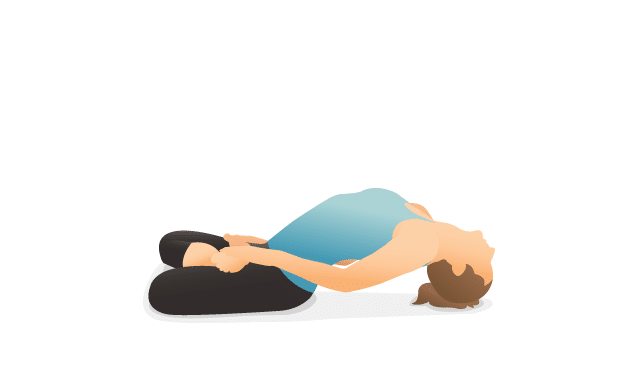

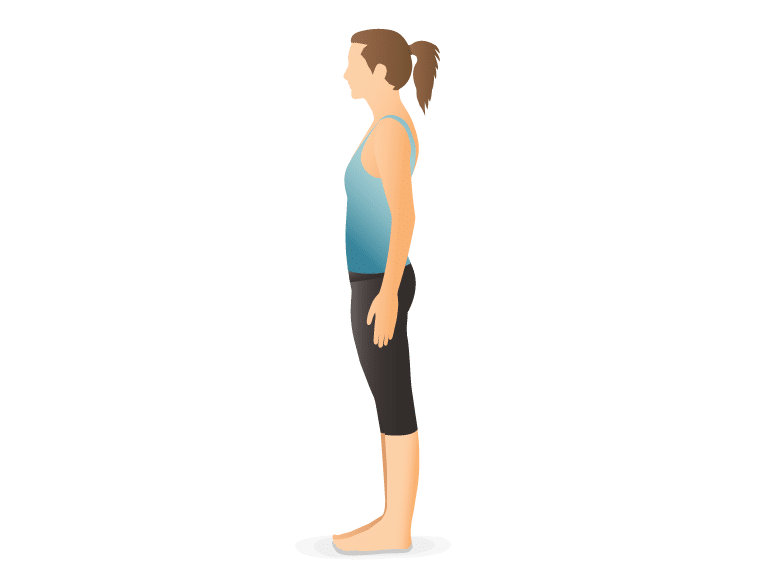
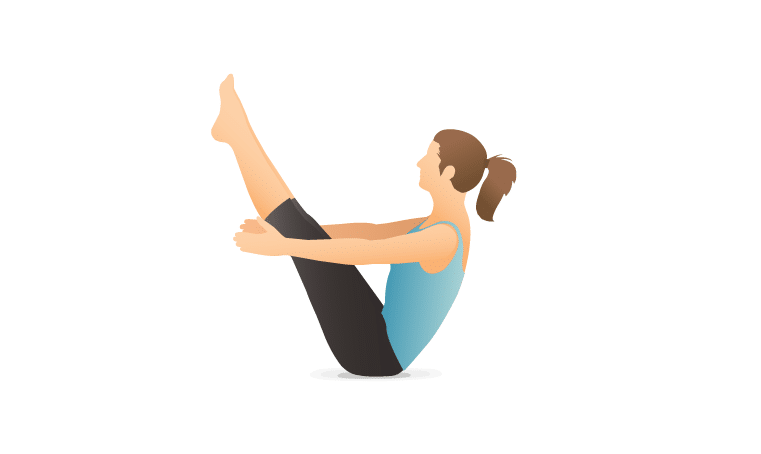





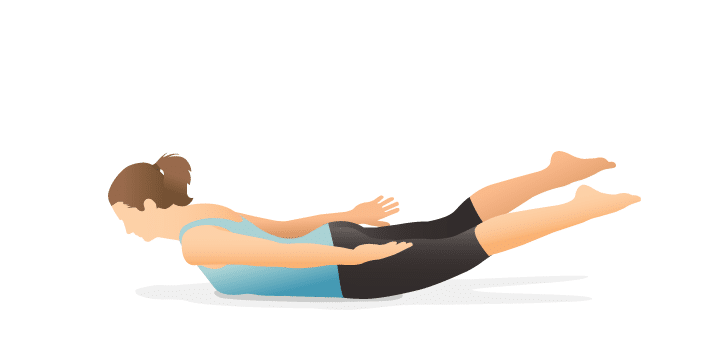

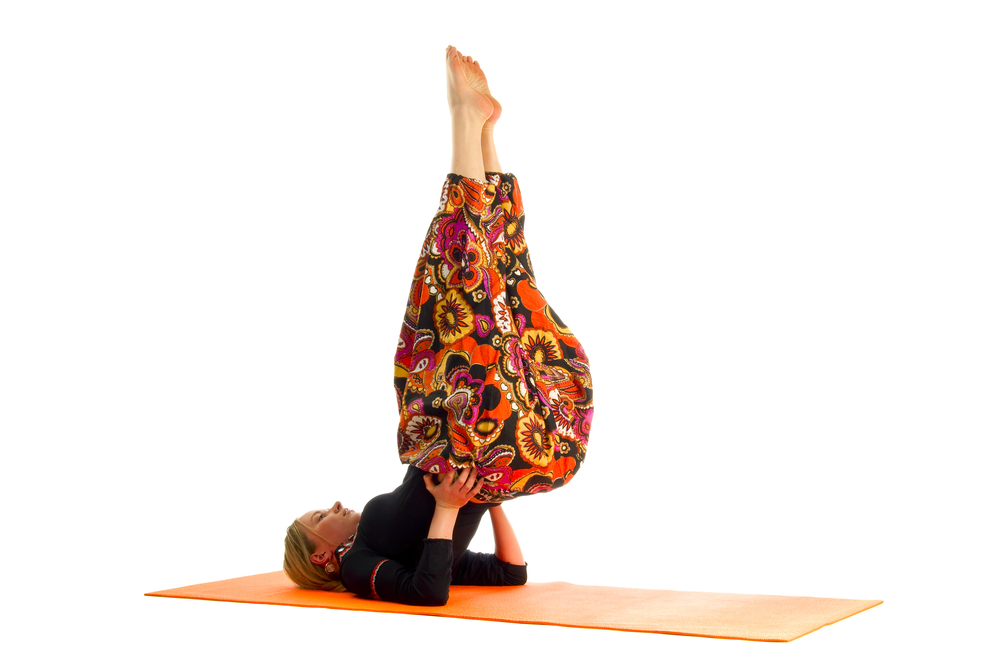

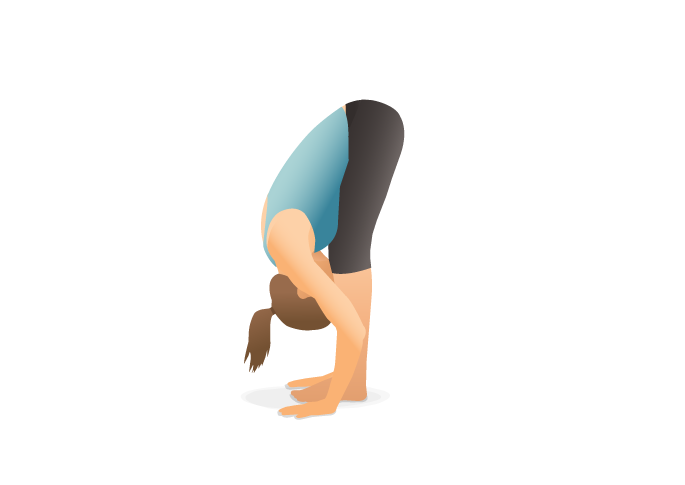
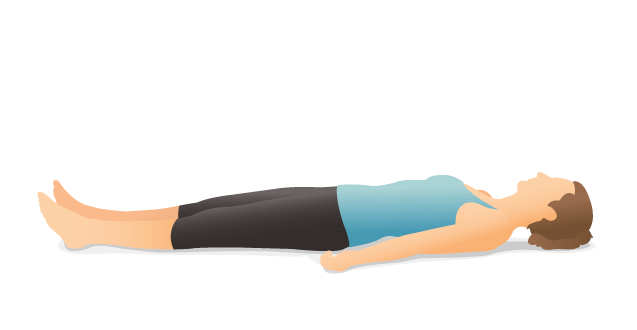
So nicely you explained about how to control vericose veins, thank for the same.